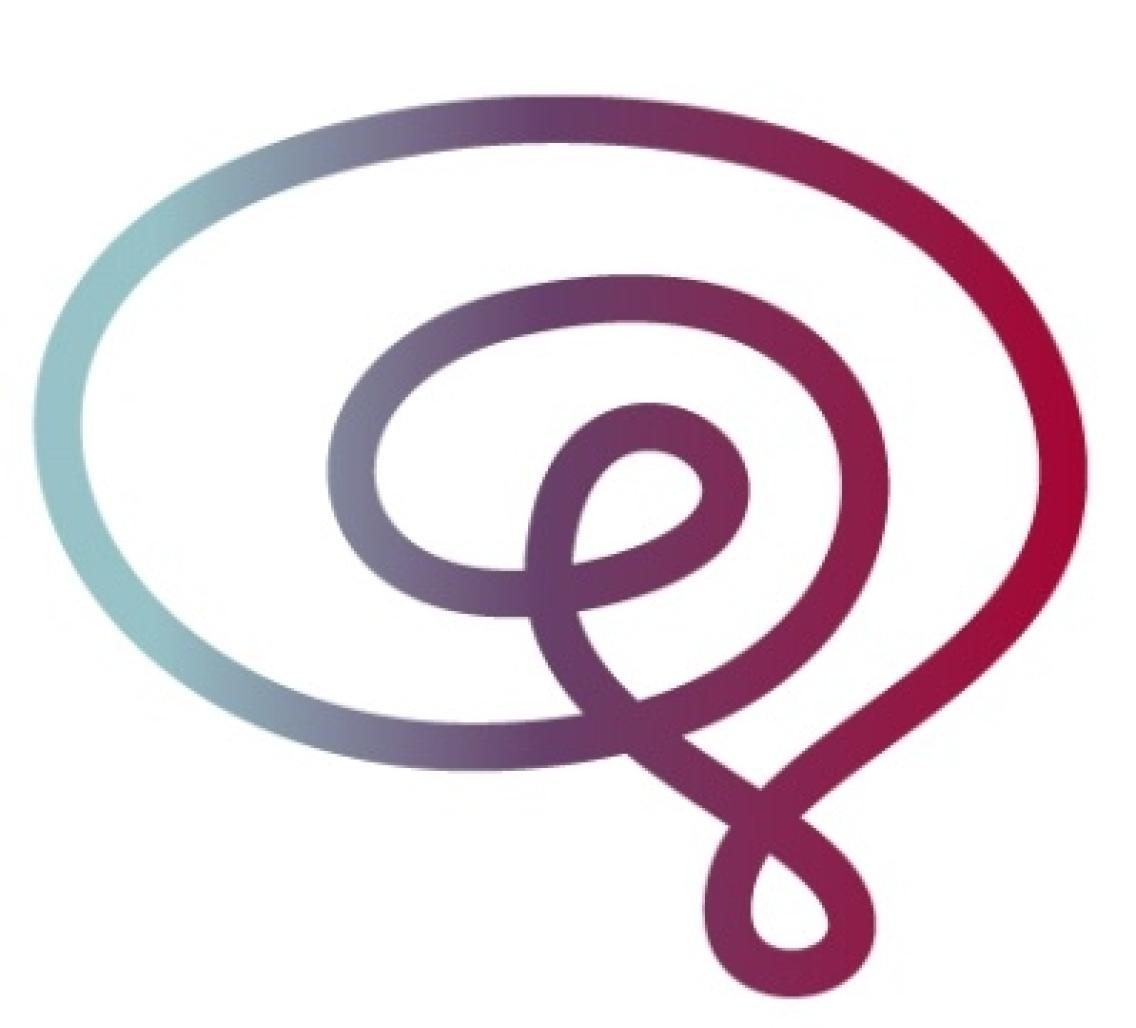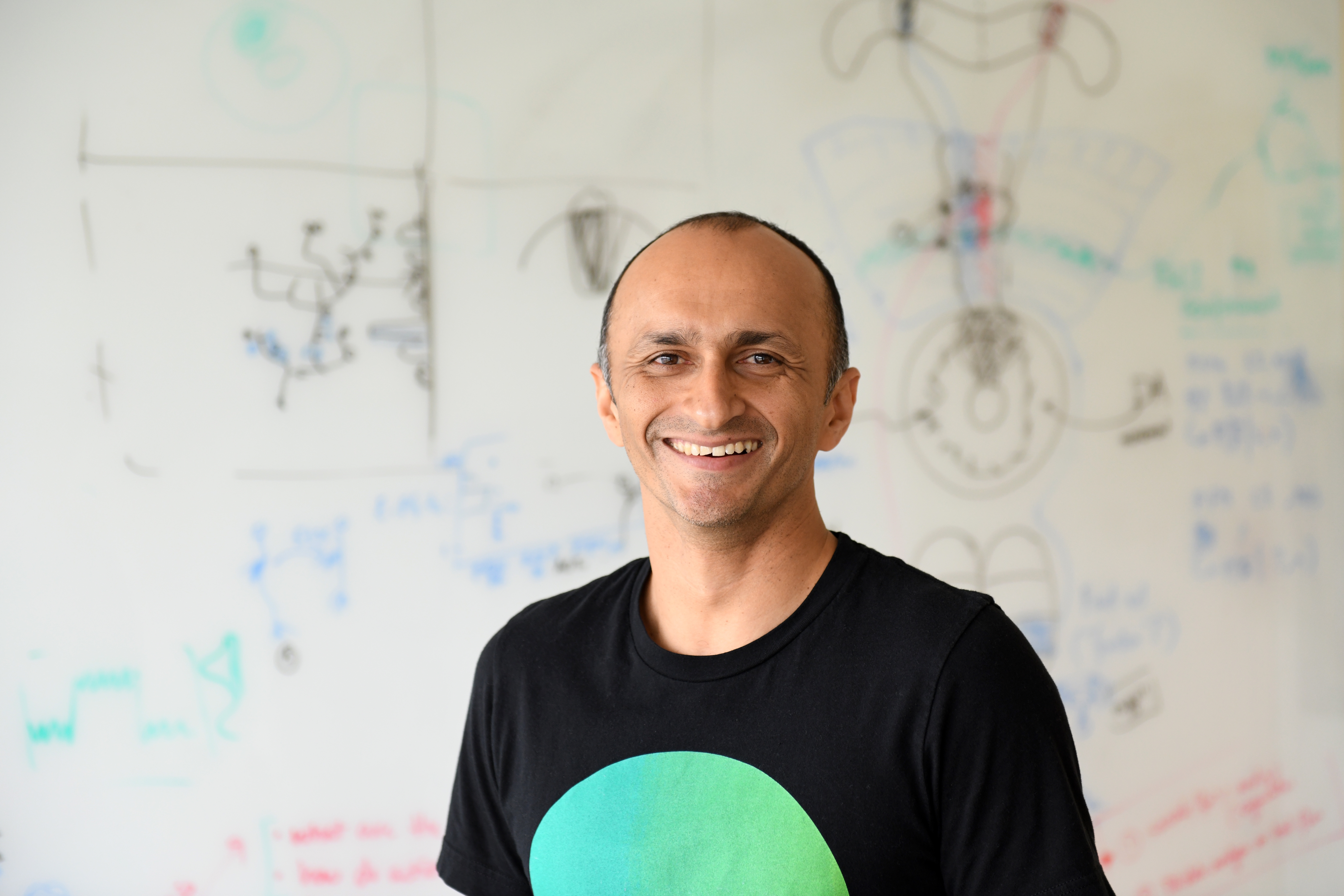Event Details:


Vivek Jayaraman, PhD
Senior Group Leader and Head of Mechanistic Cognitive Neuroscience
Jamelia Research Campus - HHMI
Host: Tom Clandinin
Abstract
Theoretical studies have long suggested that internal representations most prominently associated with mammalian navigation —such as head direction cells, grid cells, and place cells— are maintained by attractor dynamics. The size and complexity of the mammalian brain, however, has made it difficult to test models that seek to explain how such network dynamics are generated and used for navigational behavior. We study attractor dynamics in the fly, Drosophila melanogaster, which displays many navigational behaviors, including path integration and place learning. We are combining physiology, optogenetics, and behavior with electron microscopic circuit reconstruction and theoretical modeling to understand the cellular and circuit basis of such recurrent circuit dynamics in the context of adaptive navigation. In this talk, I will focus on how plasticity enables the fly’s internal compass to function in diverse settings by flexibly transforming visual cues into a stable internal representation of heading.
Recent Papers
[1] Kim, S.S., Hermundstad, A.M., Romani, S. et al. Generation of stable heading representations in diverse visual scenes. Nature 576, 126–131 (2019). doi: 10.1038/s41586-019-1767-1
[2] Seelig, J., Jayaraman, V. Neural dynamics for landmark orientation and angular path integration. Nature 521, 186–191 (2015). doi:10.1038/nature14446